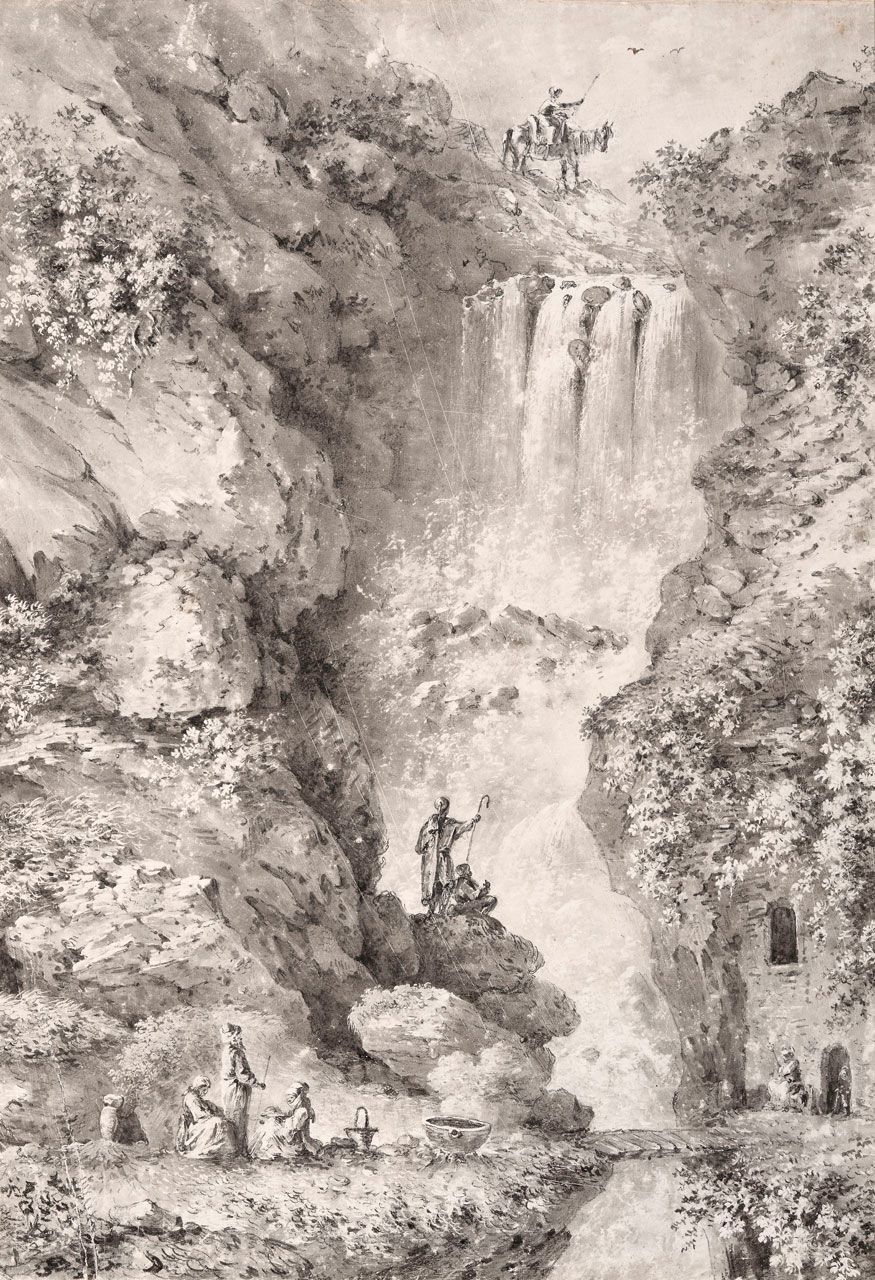Note
Info Page Comments: Per this object's entry on L'Antiquaire & the Connoisseur website, accessed 3/20/13:
French painter, draughtsman and printmaker, Jean-Baptiste Le Prince was born in Metz into a family of ornamental sculptors and gilders. He became famous for creating a new kind of genre picture, based on the direct observation of Russian subjects, and also for perfecting the aquatint technique. He was noticed by the Maréchal de Belle-Isle, Governor of Lorraine. Under Belle-Isle’s sponsorship, Le Prince traveled to Paris, where he entered the studio of Francois Boucher, whose incisive draftsmanship, finished surfaces, saturated brushwork and varied subject matter, all had a discernible impact on le prince, as did perhaps his diversity of subject matter. Boucher’s interest in seventeenth century Dutch landscape and genre paintings also influenced his pupil. Le Prince is believed to have made a voyage to Rome in 1754, possibly to flee from his much older wife.
By 1757, the artist had arrived in Saint Petersburg, where he was welcomed by the French envoy, The Marquis de l’Hopital. Remaining in Russia until 1763, Le Prince painted a series of forty overdoors in the newly constructed Winter Palace for Empress Elizabeth and many other canvases for Peter III. After completing his court commissions, the artist traveled widely in Russia, perhaps as far as Siberia. His engraving show his familiarity with the northern and northwestern Russian empire and filled sketchbooks with studies of the countryside and its rural inhabitants. Upon his return to Paris, he used these ethnographically accurate sketches as the basis of a new style and an entire body of work, specifically Russian scenes or russeries. Le Prince’s new subject matter, seen as form of exotica, created a vogue in France, which rivaled chinoiserie and turqurie, albeit shorter lived. On the basis of his stylistic innovation and artistic talent, he was received as a member of the Académy in 1765. Shortly thereafter, he exhibited fifteen canvases with Russian themes at the Salon and completed a series of drawings to illustrate the Abbé Chappe d’Anteroche’s Voyage en Sibérie, published in 1768. It was during this period that he pioneered and perfected the aquatint technique, which he used for several series of russeries. He also completed tapestry cartoons of Les Jeux russes, woven at the Beauvais Manufactory from 1769. Le Prince’s late work, after his 1775 move from Paris to Brie the neighboring countryside, is marked by a return to landscape and a closer study of nature as well as classical and gallant genre pictures.
